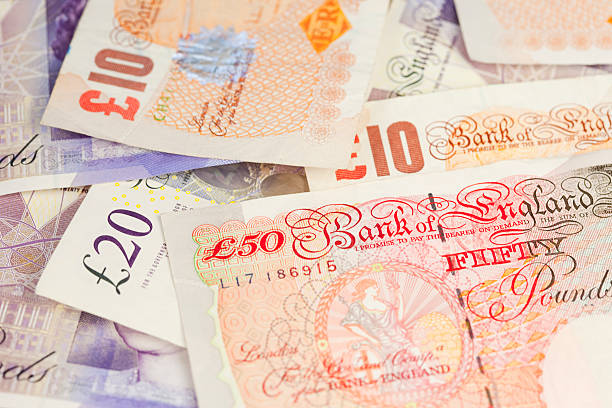
The Pound Sterling moves higher to near 1.3330 against the US Dollar as the Greenback suffers after the release of weak US economic data.
The Fed is expected to keep interest rates steady in the next two policy meetings.
Investors await the UK CPI data next week for fresh cues about the BoE’s monetary policy outlook.
The Pound Sterling (GBP) rises further to near 1.3330 against the US Dollar (USD) in Friday’s European session, extending Thursday’s upside move. The GBP/USD pair gains as the US Dollar (USD) remains on the backfoot after the release of the softer-than-expected Producer Price Index (PPI) data for April.
The US Dollar Index (DXY), which gauges the Greenback’s value against six major currencies, trades lower to near 100.50.
US PPI data showed that producer prices unexpectedly fell compared with the previous month due to a sharp slowdown in the hospitality sector. According to a report from Reuters, the producer inflation was pulled down by a sharp drop in tourist travel, which hurt airline ticket sales, hotel, and motel bookings. The report also showed signs that tourists are boycotting travelling to the US in the wake of President Donald Trump’s protectionist trade policy, immigration crackdown, as well as references to Canada as the 51st state, and a desire to acquire Greenland.
Soft Retail Sales data has also weighed on the US Dollar. Retail Sales, a key measure of consumer spending, rose by just 0.1%, substantially slower than the March reading of 1.5%. It appears that households rushed to shops in March in anticipation of reciprocal tariffs to be introduced by US President Trump. Auto sales contracted by 0.1%, against a 5.5% surge seen in March. Also, durable items saw a moderate growth of 0.3% in April compared to a robust increase of 1.5% in the prior month.
Cooling producer inflation and soft Retail Sales data have led to a sharp correction in 10-year US Treasury Yields from their month high of 4.55% posted on Thursday to near 4.40% during European trading hours on Friday.
Despite the soft data, market expectations for the Federal Reserve (Fed) to keep interest rates unchanged in the next two policy meetings remained broadly steady as officials seem to be more inclined towards bringing consumer inflation expectations down rather than lowering borrowing rates to heal current economic concerns. According to the CME FedWatch tool, the probability for the Fed to leave rates steady in the range of 4.25%-4.50% in the June and July meetings is at 91.8% and 61.4%, respectively.
Daily digest market movers: Pound Sterling corrects against its major peers
The Pound Sterling retraces against its major peers, except for the US Dollar, on Friday after a strong upside move the previous day. The British currency attracted significant bids on Thursday after the release of United Kingdom (UK) monthly and quarterly Gross Domestic Product (GDP) data, which showed that the economy expanded at a faster-than-expected pace.
Strong GDP growth rate has provided room for Bank of England (BoE) officials to maintain interest rates at their current levels if inflation persists or even accelerates..
This week, BoE Chief Economist Huw Pill warned that inflation could continue to prove stronger-than-expected: “I remain concerned that we have seen a sort of structural change in price and wage-setting behaviour, maybe driven by the type of things that were involved in models of the inflation process from the ’70s and ’80s.". He stressed that high inflation would strengthen the need to maintain interest rates higher. Pill was one of the two Monetary Policy Committee (MPC) members, along with Catherine Mann, who voted to leave interest rates unchanged in the policy meeting last week. The BoE reduced its key borrowing rates by 25 basis points (bps) to 4.25%.
To get fresh cues on the UK inflation, investors await the Consumer Price Index (CPI) data for April, which will be released on Wednesday. Signs of cooling inflationary pressures would add to market expectations that the BoE will cut interest rates again in the policy meeting in June.
Technical Analysis: Pound Sterling jumps above 1.3300

The Pound Sterling climbs above 1.3300 against the US Dollar on Friday. The GBP/USD pair holds above the 20-day Exponential Moving Average (EMA), which trades around 1.3256, suggesting that the near-term trend is bullish.
The 14-day Relative Strength Index (RSI) oscillates inside the 40.00-60.00 range. A fresh bullish momentum would appear if the RSI breaks above 60.00.
On the upside, the three-year high of 1.3445 will be a key hurdle for the pair. Looking down, the psychological level of 1.3000 will act as a major support area.
* The content presented above, whether from a third party or not, is considered as general advice only. This article should not be construed as containing investment advice, investment recommendations, an offer of or solicitation for any transactions in financial instruments.


